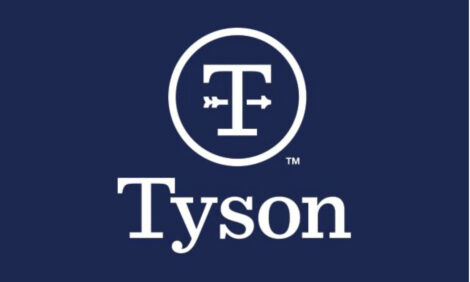



Demonstration Project Targets Reduced Greenhouse Gases Emitted by Swine barns
CANADA - Farm-Scape: Episode 1320. Farm-Scape is a Wonderworks Canada production and is distributed courtesy of Manitoba Pork Council and Sask Pork.  Farm-Scape is sponsored by
Manitoba Pork Council and Sask Pork  Play Audio Play AudioFarm-Scape is a Wonderworks Canada production and is distributed courtesy of Manitoba Pork Council and Sask Pork. |
Farm-Scape, Episode 1320
The Prairie Swine Center has kicked off a three year project designed to determine the amount of greenhouses gases emitted by a swine barn and demonstrate practices for minimising those emissions.
The demonstration project is underway at the Prairie Swine Centre's 600 sow farrow to finish research barn at Elstow, Saskatchewan.
Information Services Manager Lee Whittington says it's part of the greenhouse gas mitigation program for Canadian agriculture set out by Agriculture and Agrifood Canada in conjunction with the Canadian Pork Council.
"In a nutshell there's four aspects to the demonstration project.
The first is covering our two cell earthen manure storage using a negative pressure air cover.
Our location will be used as an opportunity to measure what exactly the emissions are off of this negative pressure cover.
The second is reducing the amount of protein in the diet so that we are producing less greenhouse gases, potentially as much as 25 percent less without reducing performance.
That's an important aspect from the Prairie Swine Centre's near market research point of view.
The third is to use shelter belts in order to reduce wind speed and modify temperature in the area so we can reduce our cost of energy usage within the barn and utilize the tree to sequester or mop up the carbon dioxide produced by the facility.
Fourthly, tying that all together, is using the new Pork Industry Interpretive Centre as a model site where producers can come and evaluate best management practices and the public can come and evaluate how the industry is doing in dealing with environmental issues such as greenhouse gases".
Whittington points out it's estimated 50 percent of all greenhouse gases from livestock production come from intensive livestock operations and, of that, probably half come from liquid storage and land application.







